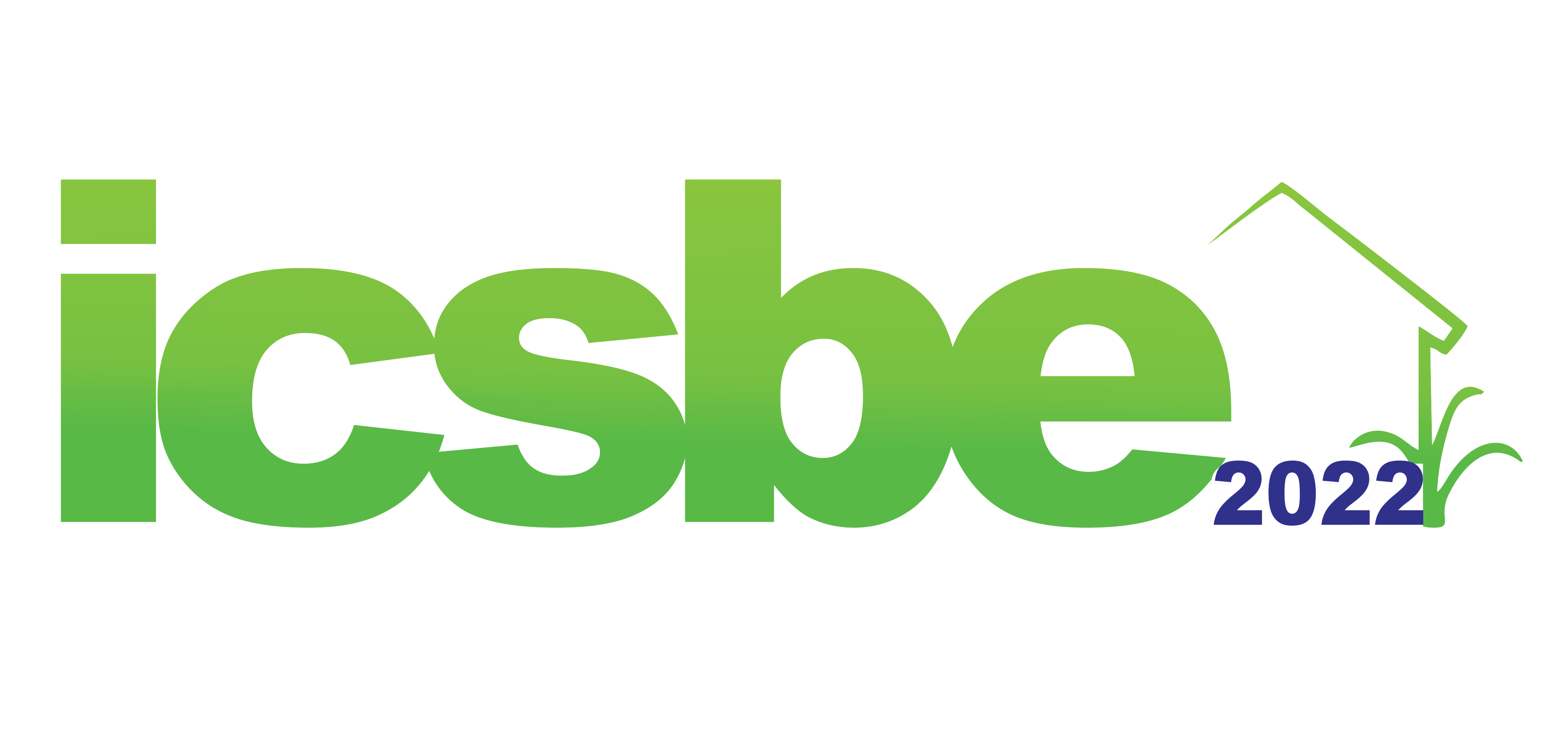CONCEPTUAL IDEA OF DESIGN AUTOMATION FOR BUILDING ENERGY
C Utomo[1]*, Y Rahmawati2 , Aqsha3
1 Institut Teknologi Sepuluh Nopember
2 Universitas Gadjah Mada
3 Institut Teknologi Bandung
[1]* Corresponding author’s email: [email protected]
DOI: https://doi.org/10.20885/icsbe.vol2.art20
ABSTRACT
Connected construction is open communication between technologies. It is the most advanced form of technology today in the field of construction. Currently, modeling technology has been developed to help in understanding the design and building management strategies and decisions. Although it has been very advanced, it still has weaknesses in the shared system, as well as in building system products and stakeholders. Automation technology creates reliable control in connected construction processes that drive cost-efficiency. It process integrates building design, construction, and operations and also integrates developers, construction players, and building system manufacturing industries. This paper aims to present a concept of an automated support system that allows automated design decisions and management as a control of the connected construction. A Multi-Agent System (MAS) is applied to provide an appropriate decentralized approach to the characteristics of fragmentation in construction. As the result, the method covers 19 functionalities. The solution is more optimal and gives efficiency and effectiveness to deal with changing circumstances and problem-solving where data, expertise, and control are distributed.
Keywords: Building energy system, construction, conceptual idea
REFERENCES
Li CZ., L. Zhang, X. Liang, B. Xiao, V.W.Y. Tam, X. Lai, and Z. Chen. 2022. “Advance in the research of building energy saving”. Energy and Buildings, 254
Torabi, M., and M. Mahdavinejad. 2021. “Past and future trends on the effects of occupant behavior on building energy consumption”. J. of Sustainable Architecture and Civil Eng. 2(29): 88-101
Santamouris, M., and K. Vasilakopoulou. 2021. “Present and future energy consumption of buildings: challenges and opportunities towards decarbonization”. e-Prime – Advance in Electrical Engineering, Electronics and Energy 1: 100002
Campagna, L.M. and F. Fiorito. 2022. “On the impact of climate change on building energy consumptions: a meta-analysis”. Energies, 15: 354
Kim, J., T. Hong, J. Jeong, M. Lee, K. Jeong, and J. Jeong. 2017. “Establishment of an optimal occupant behavior considering the energy consumption and indoor environmental quality by region”. Applied Energy, 204: 1431-1443
Capareda, S.C. 2020. Introduction to Renewable Energy Conversions, 1st Ed. Routledge.
AA Pasten, C. And J.C. Santamarina. 2012. “Energy and quality of life”. Energy Policy, 49: 468-476.
Olgyay, V., S. Coan, B. Webster, and W. Livingood. 2020. Connected Communities: A Multi Building Energy Management Approach. Golden, CO: National Renewable Energy Laboratory. NREL/TP-5500-75528
Delzendeh, E., S. Wu, A. Lee and Y. Zhou. 2017. “The impact of occupants’ behaviors on building energy analysis: A research review”. Renewable and Sustainable Energy Reviews 80(May): 1061-1071.
Bemanian, M. and M. Torabi. 2019. “Determining theoretical origins of recycling in Iranian-Islamic architecture; with grounded theory approach”. Naqshejahan, 9(3): 167-175.
Pereira, V., J. Santos, F. Leite, and P. Escorcio. 2021. “Using BIM to improve building energy efficiency – A scientometric and systematic review”. Energy and Buildings, 250: 111292
Dutta, S., C.M. Hussain. 2020. Sustainable Fuel Technologies Handbook. Elsevier.
Paone, A. and B. Jean-Philippe. 2018. “The impact of building occupant behavior on energy efficiency and methods to influence it: a review of the state of the art”. Energies 11(4): 953
Xie, J., and C.C. Liu. 2017. “Multi-agent systems and their applications”. J. of International Council on Electrical Engineering, 7(1): 188-197
Kumar, A., A. Verma, and S. Prakash. 2020. “AI-based building management and information system with multi-agent topology for an energy-efficient building: towards occupants comfort”. IETE J. of Research 3:1-12.
Ghahramani, A., P. Galicia, D. Lehrer, Z. Varghese, Z. Wang, and Y. Pandit. 2020 “Artificial intelligence for efficient thermal comfort systems: requirements, current applications and future directions”. Frontier in Built Environment, 6(49).
Lai, G. and Sycara, K. 2009 A generic framework for automated multi-attribute negotiation. Group Decision and Negotiation 18(2): 169-187
Padgham, L. and Winikoff, M. 2004 Developing Intelligent Agent System a Practical Guide. John Wiley&Sons, New Jersey





Leave a Reply
Want to join the discussion?Feel free to contribute!